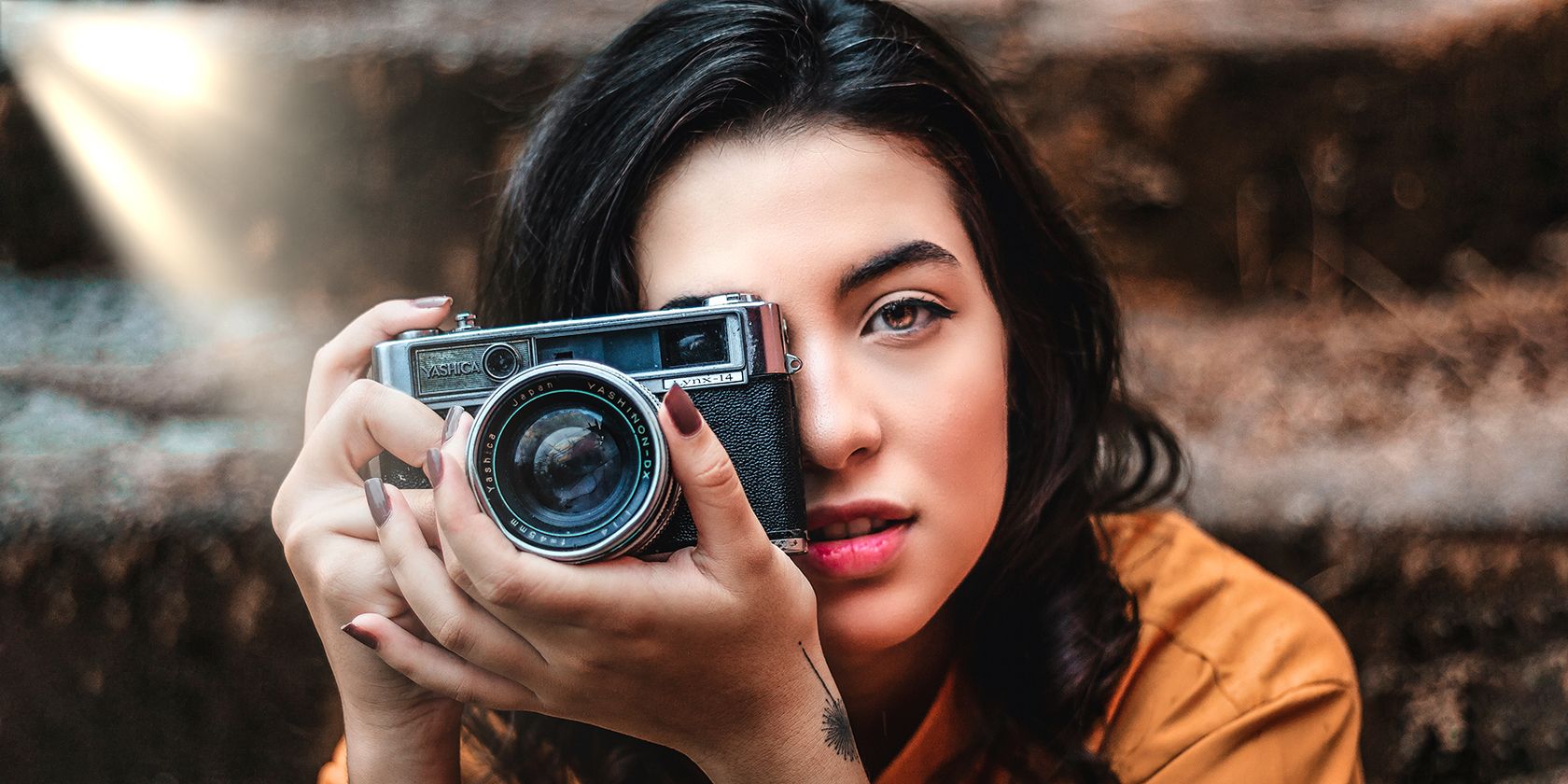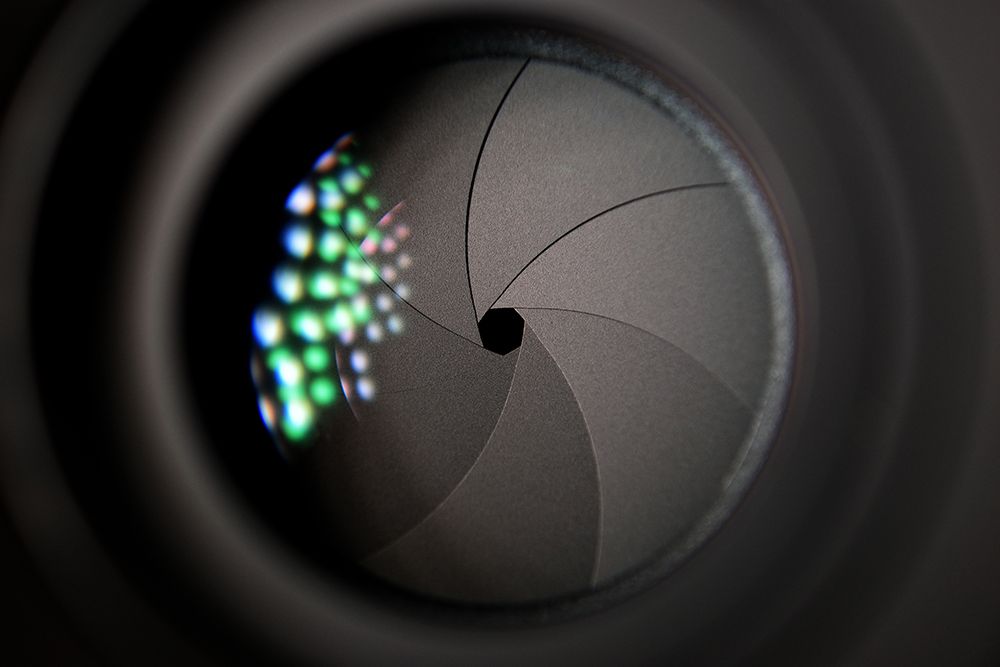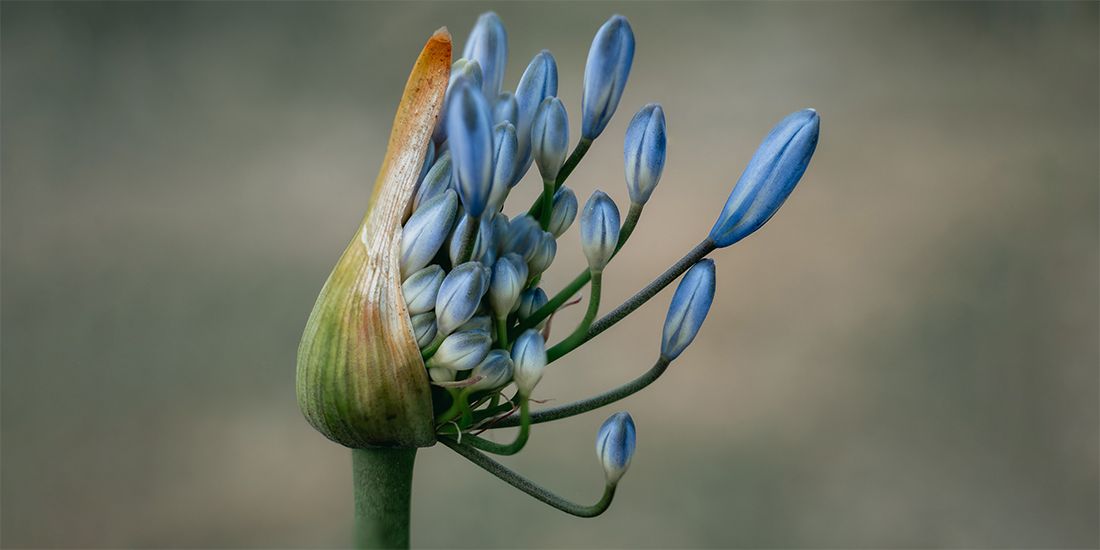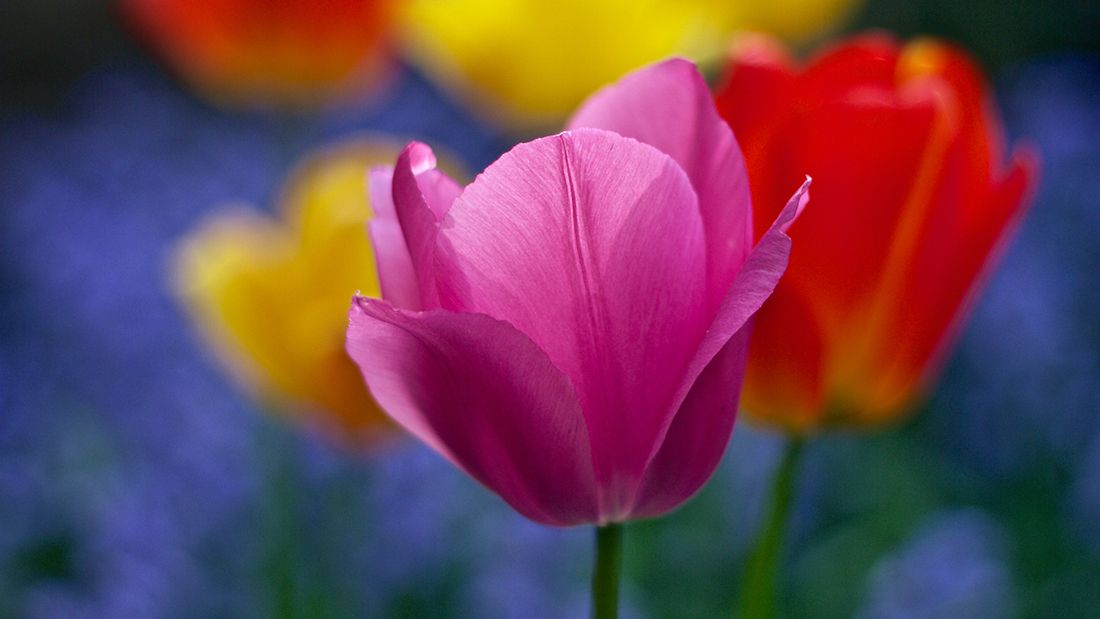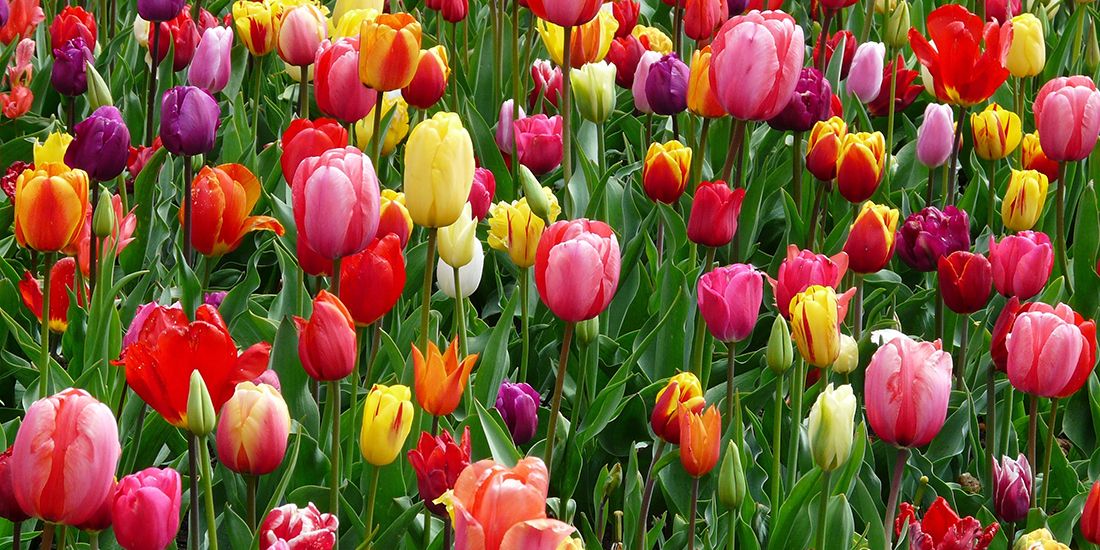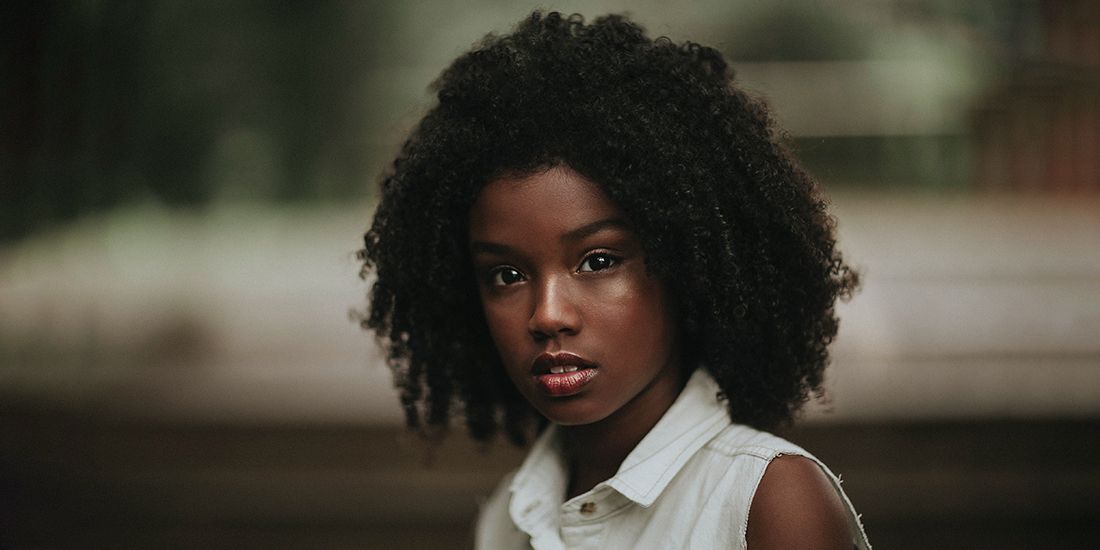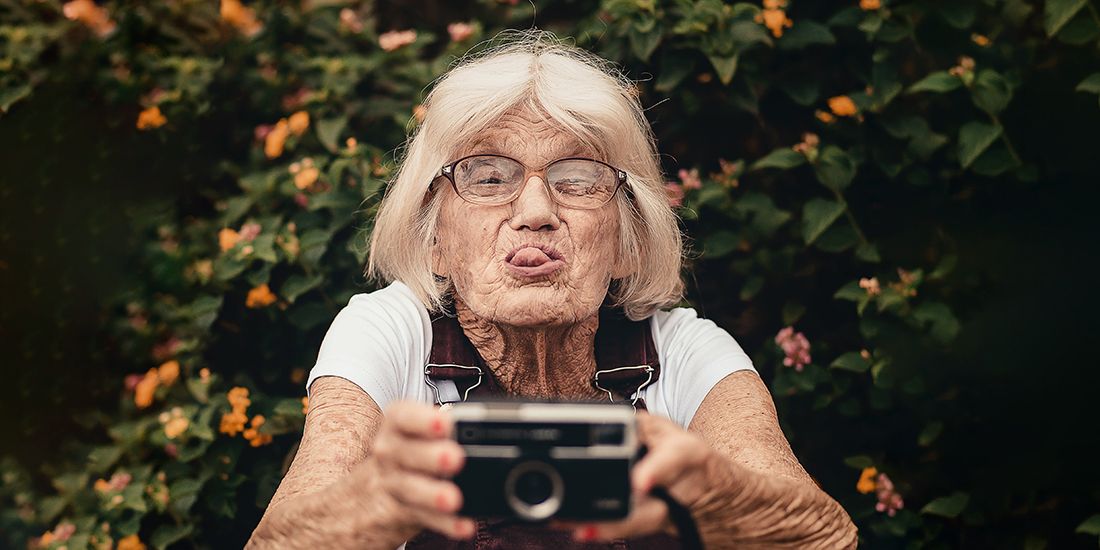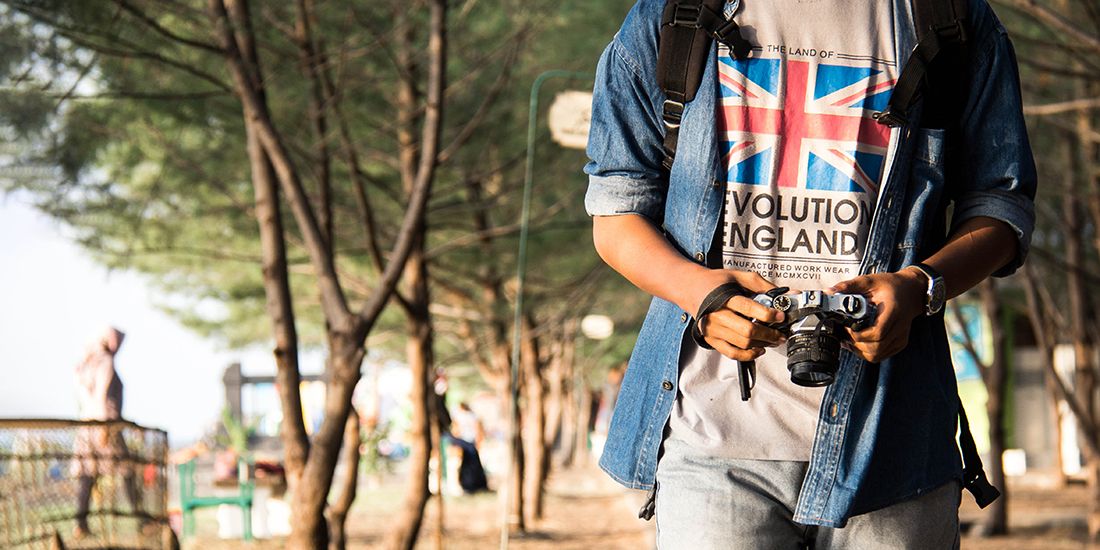Aperture Priority mode is available on most DSLR and mirrorless cameras. It's a great way to make use of the full range of your lens's optical range. Not only is it a fantastic mode for beginners to start learning their camera's modes, but it's also a go-to mode for many seasoned photographers who use it as a "walk-around" mode in street photography and other genres.
In this tutorial, we'll talk about Aperture Priority mode in detail and discuss the right settings to use for certain situations. But first, let's cover some of the basics.
What Is Aperture?
Before we understand what Aperture Priority mode is, perhaps it's best to cover the basics of aperture in photography. In this video, the presenter explains what aperture is and how it dictates how much light is let into the camera's sensor as well as the relationship to depth of field.
If you don't know what aperture is or need a quick refresh on the subject, take a couple of minutes to watch the above video.
What Is Aperture Priority Mode?
Aperture Priority is a semi-automatic mode that lets the photographer choose the aperture value. The camera would then select the appropriate shutter speed to obtain the correct exposure for the image.
Another important setting that can be controlled automatically in Aperture Priority is the ISO value. In unison, the shutter speed and the ISO would automatically be selected by the camera based on the aperture chosen.
For example, if the photographer chose a wide aperture setting like 1.8, the camera would then select the best shutter speed and ISO based on how the camera is metering light at the scene. If it were a sunny day or a well-lit scene, the shutter speed would likely be high and the ISO would be lower to reduce the amount of light hitting the camera's sensor.
Confused? Here's another video explaining the ins and outs of Aperture Priority. If you haven't used this mode before, please do watch this video for the sake of this tutorial. A basic understanding of what aperture and Aperture Priority is necessary before moving on.
Now that we've covered the basics, let's jump into the practical applications of Aperture Priority mode. With these helpful tips and tricks, you'll be able to get out of Auto and take your photography to the next level.
Using Aperture Priority for Objects
Photographing objects (or things) is one way to photograph in Aperture Priority. Although it's recommended to learn Manual mode to ultimately get the most out of subjects that are stationary, Aperture Priority will still get the job done in most cases.
Here are a couple of considerations that will also apply toward photographing moving subjects and people later on.
How Much Depth of Field Do You Want for Your Subject?
For the above image of the flower, the decision was made to use a shallow depth of field using a low f-stop number. In the photographer's opinion, the background wasn't important, and in fact, leaving out background details by effectively blurring it makes for a more creative and distraction-free image. The flower is isolated and becomes a work of art in and of itself.
If the photographer wanted to, the decision could have been made to use a larger f-stop value in order to show other things in the background. Why would a photographer wish to do this?
Maybe there is a field of these flowers and showing the entire scene would be pleasing too? Whatever the reason, using a larger f-stop number combined with moving away from the subject itself will create more room and focus for multiple subjects, even if one main subject is present.
In the above image, there's still only one main subject. But because the other flowers are very close to the flower in front, they don't completely vanish from the photo. Instead, they become blurred.
In the below image, there are multiple subjects and a greater depth of field that captures many of the flowers in focus. A larger f-stop number was used, combined with a tilted camera angle, to pull off the effect.
Aperture Priority is a great mode to be in once a decision is made about what should be the star of the show—the subject only or the subject in combination with background elements. In either scenario, Aperture Priority will make the correct decision based on your chosen f-stop in order to create a proper exposure for the scene.
Using Aperture Priority for People
Let's apply the same principles to people when using Aperture Priority. First and foremost, it's important to understand that if you're taking a group portrait that you'll want to be using a higher f-stop number, like f8.
This will increase your ISO value and reduce your shutter speed, something to consider if you're shooting in a low-light situation. The point is to make sure that everyone's eyes are in focus when it comes to taking group photos and use a higher f-stop value to accomplish this.
If you're photographing a single person, then using a lower f-stop value in Aperture Priority is going to create that pleasing effect of blurring the background, especially if you're taking a close-up picture of your subject and when the background or background elements are further away.
The above portrait was likely taken using f1.8 or f1.4. Everything in the background is completely blurred out, which is probably a good thing because potentially distracting elements take on a more abstract and complementary nature in relation to the main subject.
If you're primarily using a smartphone to photograph people, you may want to learn how to convert your smartphone into a street photography camera in order to take full advantage of the camera that you always have with you.
Camera Settings to Consider When Using Aperture Priority
Whether you're photographing objects or people, there are settings that you'll want to pay attention to whenever you're using Aperture Priority mode. Let's take a look at some of these settings.
Please note that not all camera models, especially older ones, will not have some of the features we're discussing. But that's okay. It's only important to make sure key settings (mainly Auto ISO) are properly checked in order to take advantage of Aperture Priority.
- Set ISO to Auto whenever using Aperture Priority. Check your owner manual or YouTube to see how to do this for your particular camera.
- Set White Balance to Auto.
- Set the correct Autofocus settings based on your subject matter. For instance, if you're photographing people, you'll want to be sure that Eye Autofocus is On (if your camera has this feature).
- Also, choose the correct zones or focus area based on your subject.
- Newer mirrorless cameras may have a minimum shutter speed feature that's part of the Aperture Priority mode infrastructure. If you have this feature, make it a point to use it at all times.
If you commonly use Manual or other semi-automatic modes like Shutter Priority, it's worth mentioning that you should always check your ISO when switching between modes.
For example, if you're in Manual mode and are using a set ISO value like 1,000, you'll want to be sure to switch your ISO back to Auto when using Aperture Priority. Otherwise, your images won't be properly exposed and could be ruined beyond repair in post-processing.
Aperture Priority Is the Perfect Walk-Around Mode for Just About Everything
No matter what you like to take pictures of, Aperture Priority is a great camera mode to use, whether you're just starting out or a professional photographer. The primary reason for this is because time isn't always on our side, nor is the light.
When we move around to take photos, we may see something that we need to photograph right away, and using a versatile mode like Aperture Priority takes into account movement and changing lighting conditions based on the desired f-stop value.
Many practitioners of street photography from around the globe understand the value of timing and ever-changing lighting situations and make use of Aperture Priority in their regular workflows.
Once a basic understanding of the exposure triangle and camera gear and settings is achieved, Aperture Priority will completely transform your photography once you decide to take that step and get out of Auto mode.

